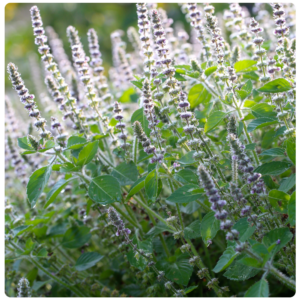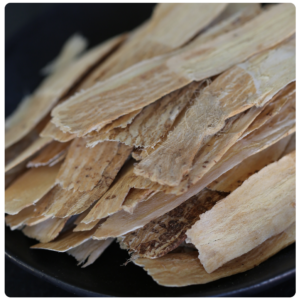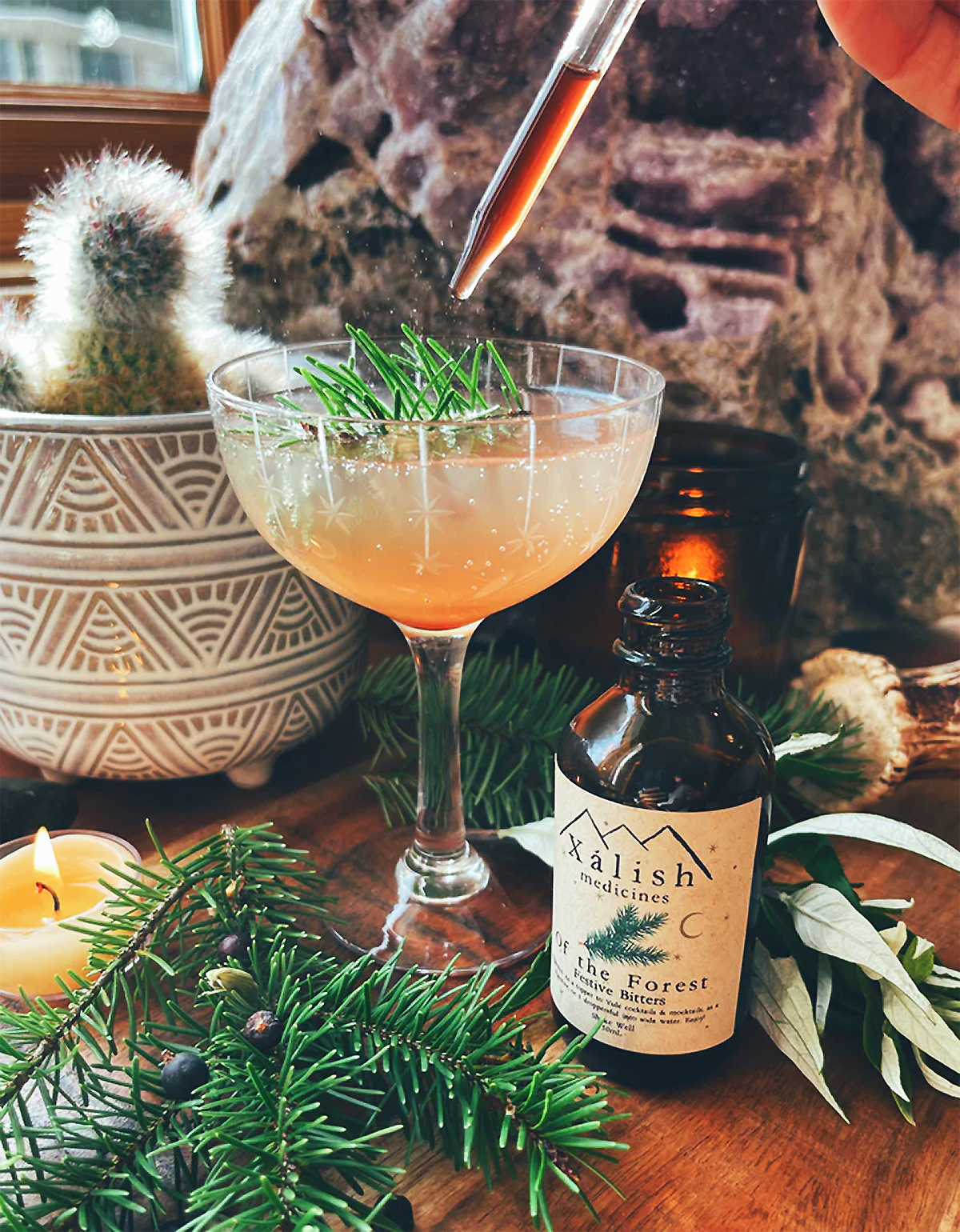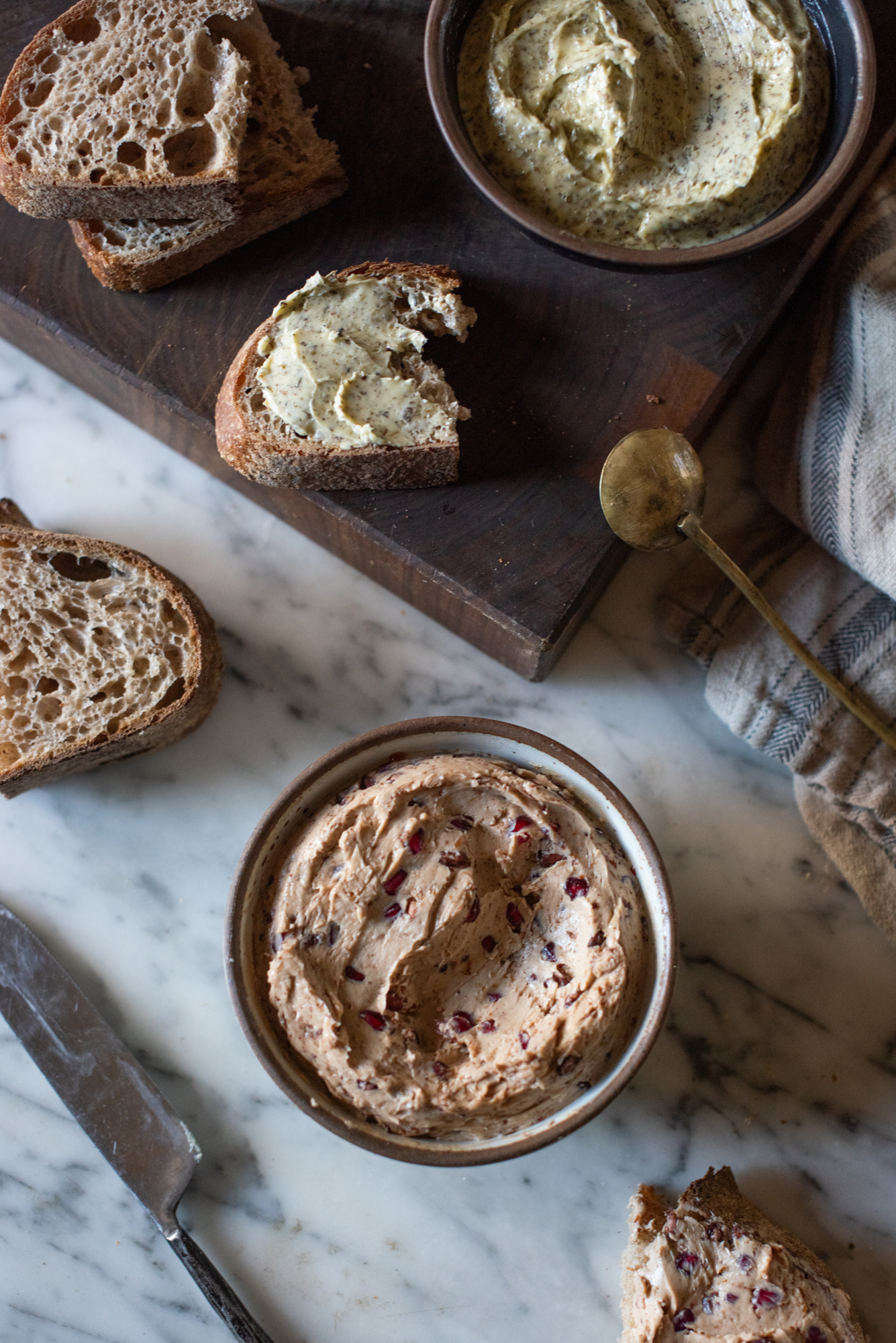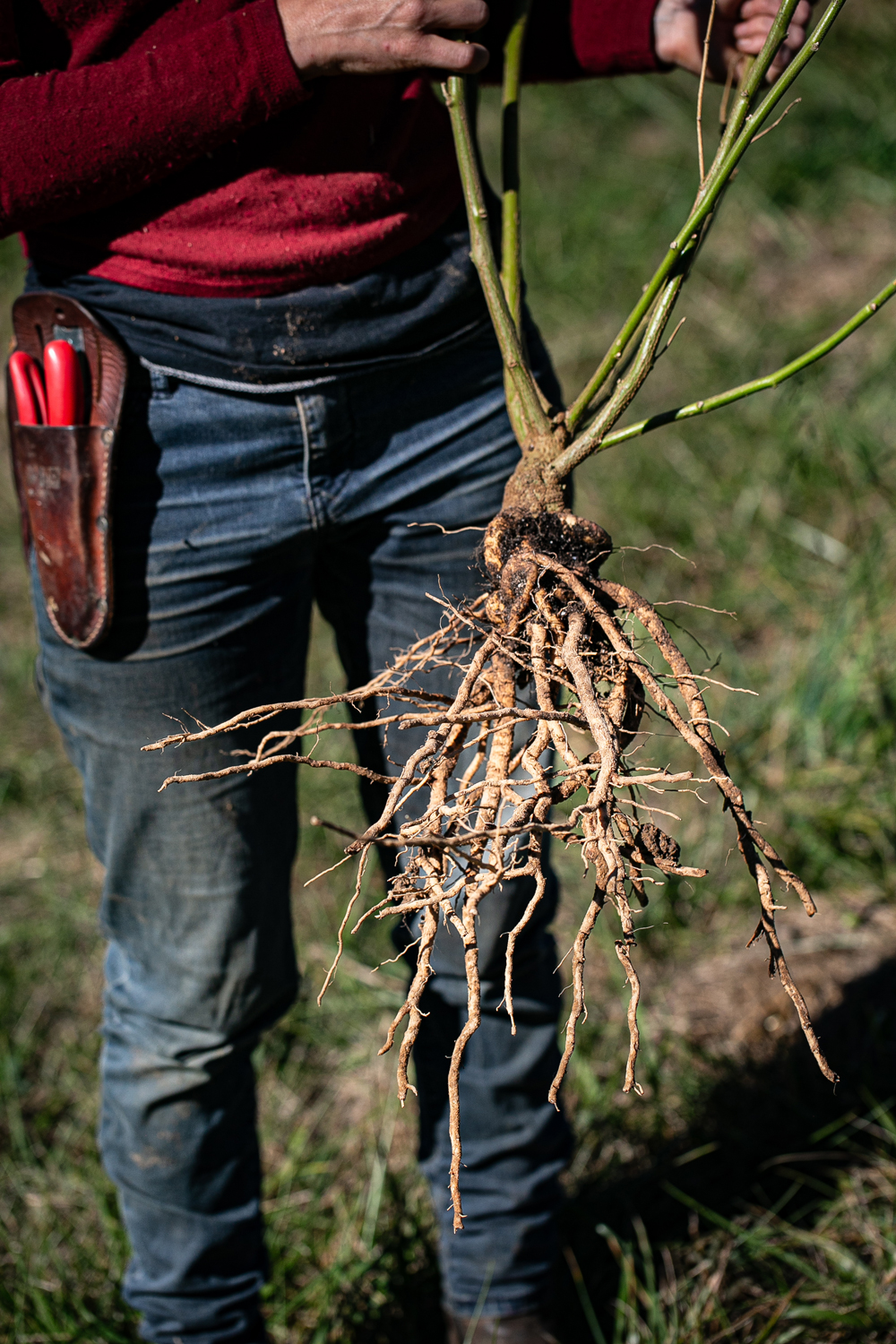Astragalus, calendula, and tulsi are herbal tonics for the lymphatic, nervous, and immune systems. This Calendula Tulsi Chai Recipe will help ward off colds and flu during winter months. The aromatic botanicals in this chaicinnamon, cloves, peppercorns, and gingerkeep...
Calendula Tulsi Chai Recipe
Written and Photographed by Juliet Blankespoor

Preparing the Calendula Tulsi Chai recipe.
The following Calendula Tulsi Chai recipe is a special excerpt from my book, The Healing Garden: Cultivating and Handcrafting Herbal Remediesa detailed herbal reference, decadent cookbook, and garden manual all in one. Its written for home gardeners and anyone looking to bring the healing benefits of herbs into their garden, kitchen, and apothecary. Copies can be purchased wherever books are sold. You can find more details on the book and its accompanying bonuses at the Healing Garden Gateway.
This calendula tulsi chai recipe is wonderfully spicy, warming, and immune-boosting.
Few beverages are as warming to the body and heart as chai, a spiced tea blend that originated in the Assam region of India at least 5,000 years ago. The blend traditionally features cardamom, cinnamon, ginger, star anise, black pepper, and cloves. My herbal take on classic chai is loaded with immune support and tastes fantastic with the additions of semi-sweet astragalus, earthy calendula, and enlivening tulsi.
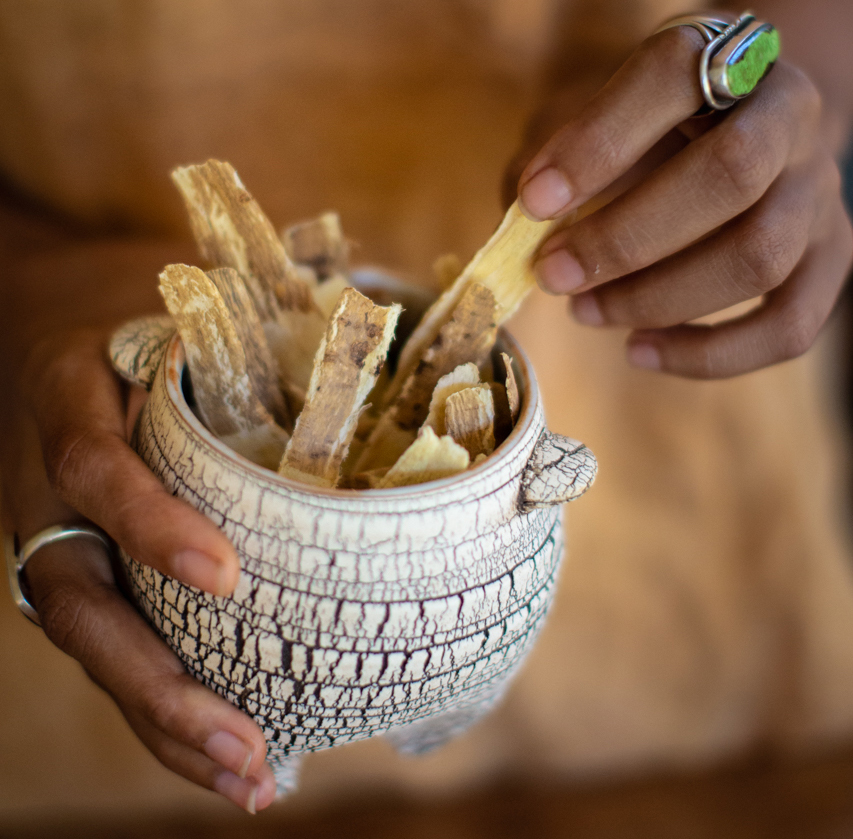
A jar of processed astragalus root.
Astragalus, calendula, and tulsi are herbal tonics for the lymphatic, nervous, and immune systems. The Calendula Tulsi Chai recipe will help ward off colds and flu during winter months. The aromatic botanicals in this chaicinnamon, cloves, peppercorns, and gingerkeep the blood and lymph moving and are especially helpful for those who feel cold or sluggish. These pungent spices may be too heating and drying for those who run hot and have the potential to aggravate heartburn, peptic ulcers, and gastrointestinal heat. During warmer weather, dilute the concentrate with ice and your choice of milk for a refreshing summertime beverage.
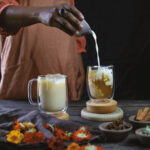
Calendula Tulsi Chai Recipe
Equipment
Ingredients
Instructions
Notes
Pour the concentrate over a large cup of crushed ice with your choice of milk or cream. For a hot chai:
Dilute the concentrate with an equal part water and warm on the stove. Serve with your choice of milk or cream.
To learn more about the medicinal uses of the herbs in my Calendula Tulsi Chai recipe, visit our articles on:
Calendula
Calendula (Calendula officinalis) is one of the easiest herbs to grow and a highly versatile medicinal plant. It has been used internally and topically for centuries to heal wounds, burns, and rashes. Learn more about calendula.
Tulsi
Tulsi (Ocimum tenuiflorum), also known as holy basil, is revered for its spicy aroma, myriad medicinal uses, and enlivening nature. It is one of the most versatile medicinals when starting your home herbal apothecary. Learn more about tulsi.
Astragalus
Astragalus (Astragalus propinquus) root is an immunity booster with a sweet, beany flavor (it is in the legume, or bean, family, after all), making it easy to sneak into the diets of picky eaters. Learn more about astragalus.
Meet Our Contributor:

JULIET BLANKESPOOR is the founder, primary instructor, and Creative Director of the Chestnut School of Herbal Medicine, an online school serving thousands of students from around the globe. She's a professional plant-human matchmaker and bonafide plant geek, with a degree in botany and over 30 years of experience teaching and writing about herbalism, medicine making, and organic herb cultivation. Juliets lifelong captivation with medicinal weeds and herb gardening has birthed many botanical enterprises over the decades, including an herbal nursery and a farm-to-apothecary herbal products business.
These days, she channels her botanical obsession through her writing and photography in her online programs, on her personal blog Castanea, and in her new book, The Healing Garden: Cultivating and Handcrafting Herbal Remedies. Juliet and her family reside in a home overrun with houseplants and books in Asheville, North Carolina.
Interested in becoming a contributor?
© Chestnut School of Herbal Medicine and chestnutherbs.com, 2011-2023. Unauthorized use and/or duplication of this material without express and written permission from this sites author and/or owner is strictly prohibited. Excerpts and links may be used, provided that full and clear credit is given to Chestnut School of Herbal Medicine and chestnutherbs.com with appropriate and specific direction to the original content.
Want to take a deeper dive into medicinal herbs and their uses?
Our 1,000-hour Herbal Immersion Program is the most comprehensive handcrafted online herbal course available, covering botany, foraging, herb cultivation, medicine making, and therapeutics.
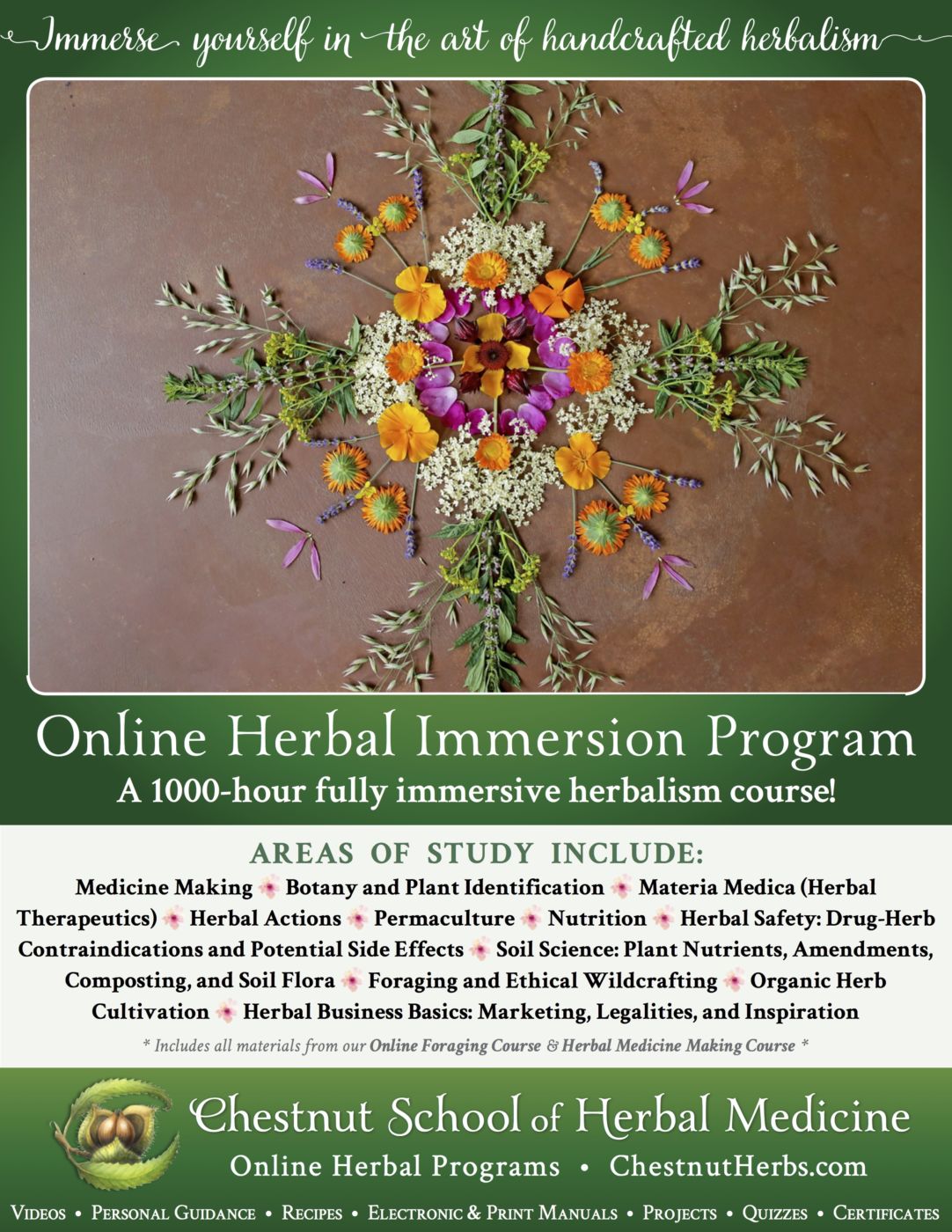
The post Calendula Tulsi Chai Recipe appeared first on Chestnut School of Herbal Medicine.




